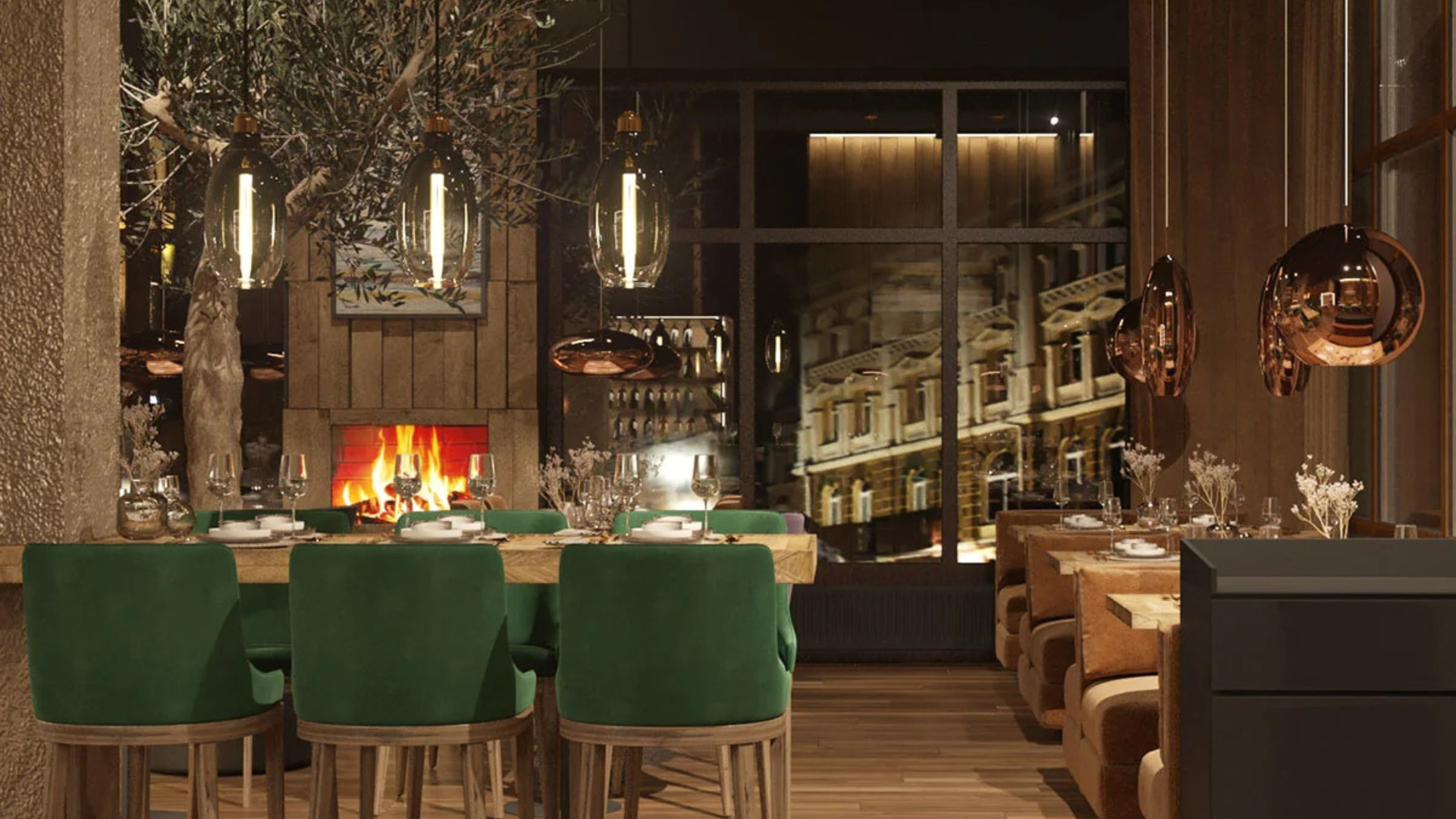
Nowadays, biophilia in interior design is gaining popularity and many Western publications include it among the trends of 2023. Znak has been practicing biophilia for a long time, so we want to tell you about this trend in spatial design.
Erich Fromm, a German psychologist, coined the word biophilia in the 1960s to express a strong love of life and all living things, which he defined as an intrinsic and genetically determined human attachment to the natural world. The term “biophilia” literally translates as “love of life” and is a mixture of two ancient Greek words “bio” and “philia”. So it refers to the physical, emotional, mental, and spiritual connection that exists between humans and our natural environment. The goal of biophilic design is to bring a connection with nature to public spaces, or homes.
Biophilic design is based on three components:
- nature;
- sustainability;
- physical and mental health.
The main ways to implement biophilia in design are:
- Indoor plants: you can use both classic pots and interesting options. For example, in one of our cases, we made a niche for plants under the ceiling.
- Neutral colors: brown, beige, green, sunny yellow and bright blue will help to make the interior look more natural.
- Eco-materials: natural or recycled materials for furniture, wall coverings, and flooring.
There is also indirect biophilia. Its manifestations are photographs, murals, and illustrations of nature, animals, and plants, as well as shapes, lines, patterns, and textures. Another way is acoustic comfort — using the sounds of nature to relax and reduce stress. This can include sound-absorbing solutions, such as acoustic panels, moss walls, and other means of reducing environmental noise.

